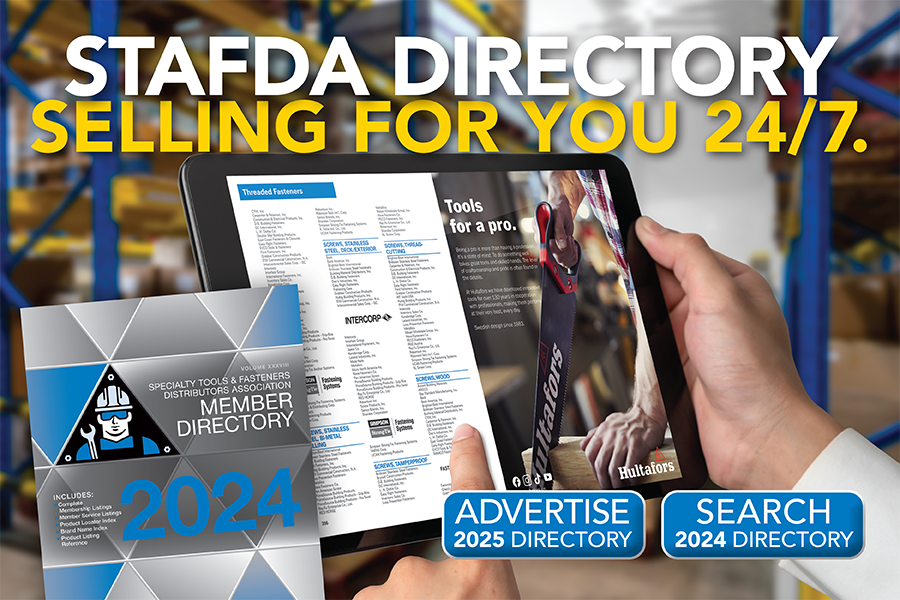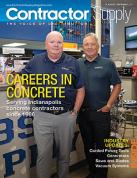NAHB offers resources to help builders address opioid abuse
One in four people who are prescribed opioids for long-term pain become addicted.
It's a perfect storm in the making and the reality is heartbreaking. Construction work is one of the most physically demanding and dangerous industries and opiods are among the most commonly prescribed drugs to alleiviate worker pain from injuries. Statistics show that one in four people who are prescribed opioids for long-term pain become addicted. If one of them is one of your employees, then what?
NAHB recently released resources to help residential construction companies address the opioid crisis facing the home building industry. The initiative, “Opioids in the Home Building Industry: Making it Your Business,” provides materials available to anyone in the home building and construction industries.
 People who work in construction are significantly more likely to become addicted to opioids, such as prescription painkillers, than other workers in the general population, and are six times more likely to die as a result of overdose.
People who work in construction are significantly more likely to become addicted to opioids, such as prescription painkillers, than other workers in the general population, and are six times more likely to die as a result of overdose.
In addition to the health and well-being of the employee, the impact on a business can be significant and includes loss of productivity, health care expenses, absenteeism, turnover and much more.
“Opioid addiction is our nation’s leading public health crisis, and it affects people across all socioeconomic classes, races, genders and jobs, and the home building industry is no exception,” said NAHB Chairman Greg Ugalde. “NAHB is pleased to provide resources and possible solutions to this issue affecting so many lives.”
The resources provided by NAHB are the culmination of a yearlong effort between NAHB senior leaders, local home builder association leaders, members, staff and Advocates for Human Potential Inc., who helped develop the materials. The initiative was funded through a generous grant from the Job-Site Safety Institute (JSI).
NAHB is taking an innovative approach to address opioid use and misuse by viewing the problem holistically and creating solutions and educational resources that address intervention points across the spectrum of prevention, treatment, recovery and return-to-work.
The materials are available to NAHB members and non-members alike to help increase the reach of these valuable resources. The resources include:
- An executive training package, including a webinar and related downloadable materials, that explains why action is needed in the home building industry
- A supervisor training package on interventions in the workplace that includes a podcast and comprehensive written guidance
- A supervisor training package on preventing opioid misuse in home building
- Resources on pain management alternatives to opioids
- Fact sheets that explain the risks associated with taking opioids, identify nonmedical opioids such as heroin, and identify medical opioids
- A comprehensive state-by-state guide of resources available locally
NAHB plans to continue this initiative, and update and add to these resources as they are finalized. These tools will complement similar efforts by federal, state and local governments and health care organizations, which can also be found on the NAHB website.
The resources are available at nahb.org/opioids.















